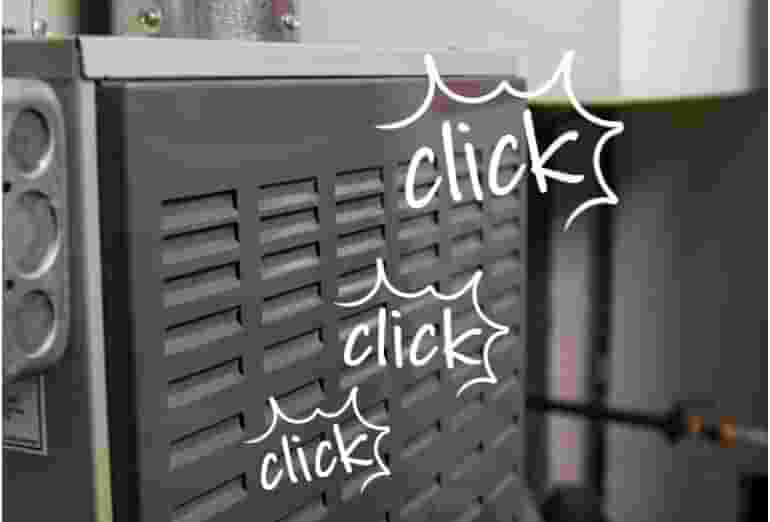All Mr. Handyman franchises are locally owned and operated and may offer fewer or more services than those listed here. To learn more about the dryer vent services offered in your area, contact your local Mr. Handyman for details or a customized on-site assessment.
Dryer Vent Repair FAQs
Mr. Handyman has been helping homeowners repair, maintain, and enhance their spaces for over 25 years! We are the one-stop solution for everything on your to-do list. This includes answering your questions about home repairs, maintenance, and improvements. Here are answers to some of your most frequently asked questions about dryer vent repair, cleaning, and installation.
Do dryers need to be vented outside?
Yes. The M1502 building code for dryer vent installation says dryer exhaust vents must terminate outside of the building or per the dryer manufacturer's installation instructions. They must terminate within three feet of any direction from openings into buildings and have a backdraft damper. Below are some potential dangers of not venting a dryer outside.
Carbon Monoxide
The vapor from a gas dryer vent contains carbon monoxide, which can cause headaches, chest pain, dizziness, and other symptoms. The odorless, tasteless, and colorless gas can be deadly with constant exposure.
Fire
Without adequate ventilation, lint can accumulate in a dryer and combust. According to the National Fire Protection Association (NFPA), dryer lint catching fire accounts for about 33 percent of dryer-related home fires.
Mold
Because clothes dryers emit significant amounts of moisture, an unvented dryer will cause condensation in your home. That condensation can lead to mildew and mold growth, which can cause respiratory issues and other health concerns.
Inefficiency
When a dryer isn't vented correctly, the appliance has to work harder than it should to remove moisture from clothes. A dryer struggling to remove moisture can create longer drying cycles and increased utility bills.
What is the proper way to vent a dryer?
Most homeowners rely on the conventional flexible foil duct available at most hardware stores. Only flexible ductwork listed, labeled, and in compliance with Underwriters Laboratories (UL) 2158A standards can be used. In addition to material standards, UL also sets safety standards for vent installation.
- A flexible dryer duct must be a continuous run without connecting sections. If homeowners can't meet this standard, a dryer vent repair service can help.
- Flexible dryer ventilation hoses can’t be concealed within floors, walls, or other spaces and must be 8 feet or shorter.
- Rigid metal ductwork is the only approved option for running dryer vents through hidden spaces. This type of ductwork involves elbow fittings, which usually require professional dryer vent installation services.
Do indoor dryer vent kits work?
Homeowners typically buy indoor dryer vent kits to avoid the time and expense of modifying their homes for outdoor ventilation. While a high-quality indoor vent kit can be an acceptable alternative, it's essential to know the pluses and minuses.
Plus
The heat created by an indoor dryer duct system can help warm your home, saving on energy costs. The humidity from an indoor vent can help your respiratory system and skin by preventing dry indoor air.
Minus
Without professional dryer vent installation, an indoor dryer duct can be a fire danger. Without adequate ventilation, excess moisture can cause mold and mildew growth. In homes with a gas dryer, indoor ventilation could allow carbon monoxide fumes to enter the air.
How to unclog a dryer vent?
If you're not comfortable doing the following, contact a dryer vent repair service. Disconnect power to an electric dryer by turning off the circuit breaker or turning off the gas for a gas dryer. This maintenance task is easier if you have a helper.
- Pull the dryer away from the wall and detach the dryer duct.
- Clean the lint trap and vacuum the back of the dryer to remove dust.
- Use a vacuum or leaf blower outside to clear the vent hose of debris and lint.
- Locate the exterior dryer vent cover and remove it.
- Remove excess lint from the vent with a duct cleaning wand or vacuum cleaner.
- Reinstall the exterior vent cover and clean the walls and floor before reinstalling the dryer and vent.
- If the buildup in your dryer duct is stubborn, you may consider a dryer vent cleaning service.
How do I know if my dryer duct is clogged?
A clogged dryer duct prevents the dryer from working correctly and can affect your clothing, environment, and energy costs. In severe cases, it can be a fire hazard. Here are a few signs that your dryer duct is blocked.
Longer Drying Times
Longer drying cycles can be a sign of a clogged dryer vent. The accumulation of lint and debris restricts the airflow, preventing the dryer from expelling enough moisture.
Very Hot Laundry
When a dryer vent is clogged, heat becomes trapped. If your clothing is hot to the touch after drying, the problem could be caused by a clogged vent hose.
Burning Smells
Burning smells from a dryer can have numerous causes, including a clogged vent hose. If the temperature gets too high, trapped lint can overheat, smolder, and combust. Remove and clear the vent immediately, or call a dryer vent repair service.
High Humidity
A clogged dryer vent traps debris, lint, and moisture, which can affect the environment of your laundry room. If the humidity level is noticeably higher than usual, a clogged vent hose may be to blame.
 Click to call
Click to call


